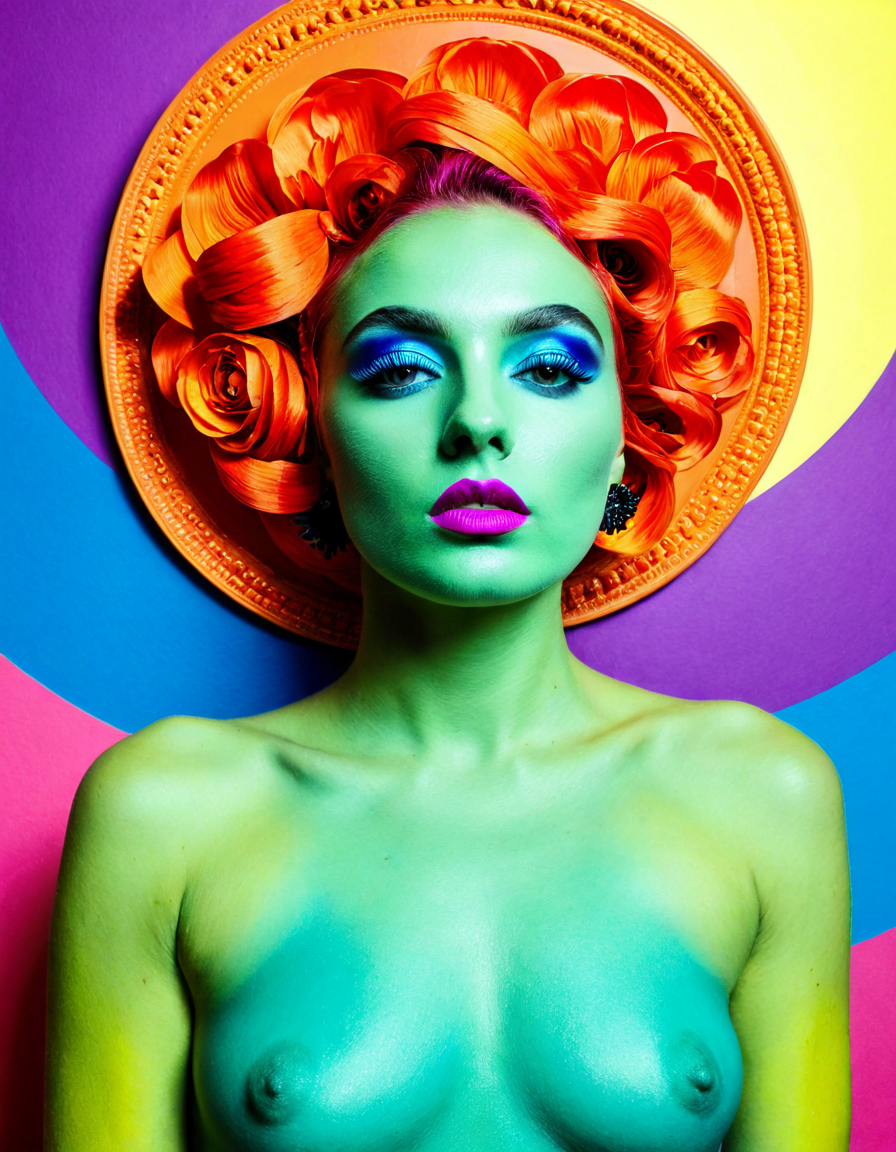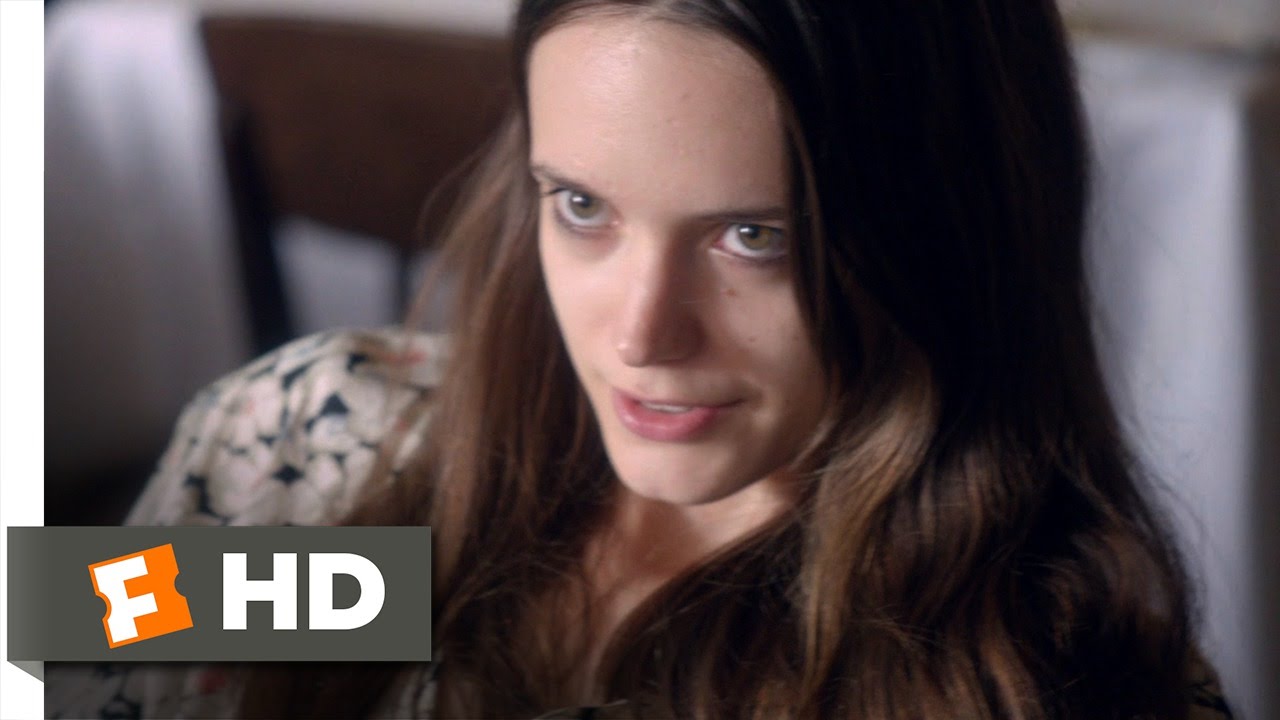Lars von Trier’s “Nymphomaniac” created ripples across the cinematic landscape when it debuted. This audacious exploration of sexuality intertwines art, culture, and deep-seated societal taboos, making it essential viewing for anyone who truly appreciates film. With its raw representation of desire, “Nymphomaniac” raises critical questions about identity and self-acceptance. If you’re a fanboy or a passionate cinephile, strap in, because we’re about to dive deep into the bold and provocative themes that make this film a cult classic.
Top 7 Themes in Nymphomaniac: A Provocative Odyssey
Lars von Trier’s “Nymphomaniac” isn’t just a film; it’s an experience drenched in emotional freight. Below are seven significant themes that define this daring cinematic journey:

1. Desire as a Force of Nature
Charlotte Gainsbourg’s character lives and breathes desire, turning her life into a stormy sea of experiences. Think of her as a megalodon—the enormous shark—thriving in turbulent waters. Her pursuit of pleasure turns into a primal force that reshapes her reality, highlighting how desire transcends individual choice and can dictate one’s entire existence.
2. The Anatomy of Shame
In a way reminiscent of “Osmosis Jones,” where the body is explored through an engaging narrative, “Nymphomaniac” breaks down societal shame related to sexuality. The film’s daring dialogues peel back layers of emotional distress and guilt surrounding sexual expression, with von Trier daring to confront these taboos head-on. It draws attention to how social norms often govern our most intimate behaviors, prompting viewers to reconsider their perspectives.
3. Spectacle vs. Suffering
Much like the shock of “The Human Centipede,” “Nymphomaniac” invites audiences to confront the uncomfortable truths of sexual relationships. The film’s duality—glamorizing the spectacle of desire while unflinchingly portraying its painful repercussions—pushes boundaries. This dynamic challenge not only questions how we view pleasure but also the pain that often lurks beneath it.
4. The Duality of Identity
Taking a page from the transformation of Sissy Spacek in “Carrie,” the protagonist in “Nymphomaniac” oscillates between a victim and victor. This tug-of-war captures the essence of human identity—a dance between societal expectations and personal truths. How do her experiences mold her self-perception? The film artfully toys with these complexities, leaving viewers pondering the layers that form their identities.
5. A Cornucopia of Sexual Experience
The film unfolds like a buffet of sexual encounters, offering everything from thrilling highs to disheartening lows. Each interaction serves as a reminder of how our appetites can often be insatiable. Just as “Perry the Platypus” navigates the dichotomy of heroism and domestic life, the nympho’s journey reveals the excitement and turmoil of embracing one’s desires—both exhilarating and exhausting.
6. Metaphors of Predation
Von Trier draws clever parallels between predatory behavior and human sexuality, likening the pursuit of pleasure to velociraptors on the prowl. This metaphor showcases the vulnerability of those entangled in the web of desire. Each character represents the broader spectrum of society’s relationship with sexuality, revealing the power dynamics involved in intimate connections.
7. Narratives of Control and Freedom
In “Nymphomaniac,” the protagonist’s struggle embodies a central theme: the clash between desire and societal constraints. Much like the narrative swing found in “Apocalypto,” where survival and liberty are paramount, her quest becomes a balancing act between longing for freedom and the weight of moral dilemmas. This external conflict often resonates deeply, echoing viewers’ own internal battles.
The Cultural Legacy of Nymphomaniac in 2026
Fast forward to 2026, and the influence of “Nymphomaniac” continues to breathe life into conversations surrounding sexuality and identity. The film sparked dialogues that transcended cinema, prompting artists, writers, and influencers to explore narratives that dare to disrupt the status quo. The bold approach von Trier showcased has become a touchstone for many new filmmakers, who point to his unflinching representation of raw experiences as pivotal for their storytelling.
Moreover, younger creators in art and media have frequently referenced “Nymphomaniac” while exploring similar themes. Its legacy creates both a benchmark and cautionary tale regarding the handling of sexually explicit narratives. Shows like “Euphoria,” for instance, weave elements of sexuality, identity struggles, and addiction into their storylines, clearly influenced by von Trier’s earlier works.
By stoking conversations and analysis around topics of female empowerment and sexual autonomy, “Nymphomaniac” has paved the way for a new wave of storytelling that resonates with modern audiences. As conversations evolve, so does our understanding of desire and the intricacies therein, making this film a crucial part of cinematic history.

Innovative Insights on Desire: A Trailblazing Path Forward
Looking back at “Nymphomaniac,” it’s hard to ignore how audaciously it challenges normative perspectives on sex and relationships. The film functions as a call to introspection, daring viewers to confront their beliefs about desire—whether liberated or constrained. As our society becomes more open to discussing sexuality, inspired by “Nymphomaniac,” we can expect to see even more raw and honest portrayals of human connections in future films.
By grappling with these multifaceted themes, viewers not only engage with the art itself but also connect deeply with the lived experiences of those who wrestle with desire and identity. Hence, “Nymphomaniac” stands as a vital piece of contemporary cinema—bold, uncomfortable, but crucial in pushing societal dialogues forward. As we delve further into the gaps between pleasure and pain, we find ourselves woven into the very fabric of this provocative journey of our desires.
In a world filled with rapid changes and conversations—whether about the cultural impact of figures like Ilfenesh Hadera or the latest buzz surrounding Chad Scruggs—where do we find ourselves? With every screening of “Nymphomaniac, we inch closer to understanding the depths of desire, the layers of shame, and the raw narratives waiting to be explored in the cinematic universe. So grab your popcorn, crank up the streaming services, and dive into the intriguing world of “Nymphomaniac” for a viewing experience that’ll spark more than just casual conversation—it’ll get you thinking about your own journeys through life’s contradictions.
Nymphomaniac: The Bold and Provocative Journey of Desire
Breaking Boundaries in Filmmaking
“Lars von Trier’s Nymphomaniac is a true game changer in cinema, illustrating the pursuit of pleasure without pretense. The film is audacious by nature and dives into a woman’s complex relationship with her sexuality—something that’s not often shown on screen. Interestingly, it was released in two volumes, generating heated discussions about its bold narrative choices. Song of the film, much like a whimsical soundtrack, makes a tone-shifting journey, reflecting nuances akin to the imaginative storytelling found in films like Jack The Giant slayer. Just imagine how different this film’s reception could have been had it not taken such daring risks!
The Cast and Crew
With a powerhouse cast including Charlotte Gainsbourg, who portrays the titular character, Nymphomaniac features surprising cameos that spark curiosity. One notable appearance comes from actor Stellan Skarsgård, whose captivating performances have ranged from drama to the absurd, much like the unfolding chaos seen in Severance. Gainsbourg ultimately set a high bar for portraying a character that blends strength and vulnerability—qualities we often associate with real-life personas portrayed in cinema, like those depicted in First Daughter.
Cultural Reflections
Nymphomaniac doesn’t just entertain; it opens dialogues about taboo subjects, much like what we see surrounding reality figures such as Joe Exotic. The unique storytelling sparks reflections on self-discovery and societal conventions, similar to how art movements from Buffalo NY can challenge the status quo. It drives home the point that desire is multi-faceted, almost as intricate as the fictional adventures of a pterodactyl soaring through the skies—an unexpected but fitting metaphor for freedom and exploration. If you haven’t checked out this film yet, you might find it’s as exhilarating as diving headfirst into uncharted waters!








